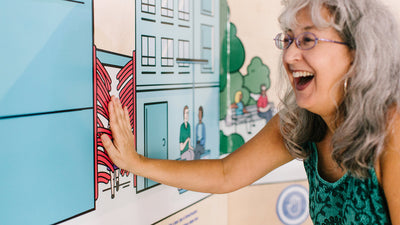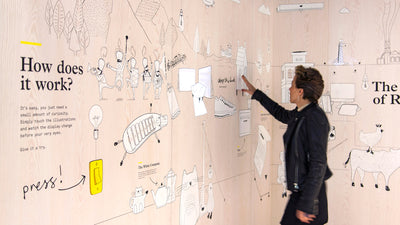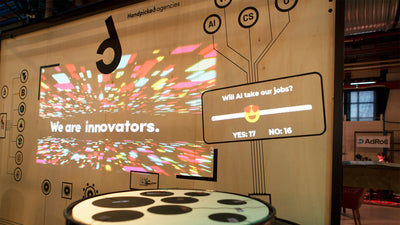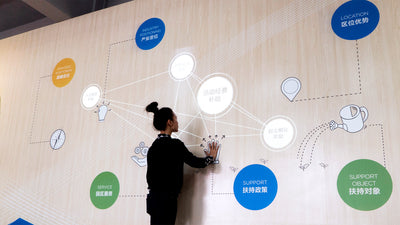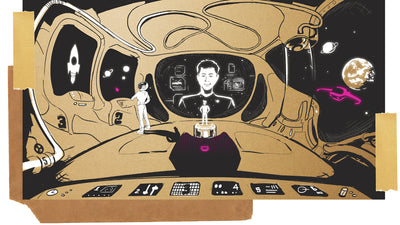Dublin Interactive Mural - An Interactive Wall To Reduce Screen Time

Most of us are permanently attached to our phones. Screen time is undoubtedly only further increasing as new smart devices enter our lives, but can a smart wall help reduce the amount we stare at our phone display?
Dublin-based studio, Lightscape, created an interactive mural experience that brings the most digitally searched for information into the physical environment. Resembling a life-size office, Creative Director, Brian Kenny and the team designed the digital wall in an attempt to reduce their own screen time.
Dublin interactive Mural — Lightscape Studio from Lightscape on Vimeo.
Marrying this idea and the possibilities that come from using conductive paint and open-source API’s, the team at Lightscape was able to form the basis of a concept. They created an informative map that details the real-time movements and schedules of public transport, weather reports and messaging capabilities.
By touching the interactive touch points on the murals surface, they could access information such as transport updates from Dublin Bus, Luas, Irish Rail, Dublin Bikes, the ever-changing Dublin weather. Additionally, they could perform actions like ordering a pizza from their favourite restaurant, calling a cab or arranging after work drinks, simply by touching the relevant illustration on the wall.
When considering what technology they wanted to build the interactive display around, they had to be mindful of the illustration on the mural due to the limitations of the Electric Paint leads and reactive distances, as well as the additional layer of projection-mapped motion graphics. With this in mind, flat graphics were illustrated and arranged independently from one another. This style of line-drawing enabled a perfect result for the paint application and digital projection line-up. They used the Touch Board Pro Kit to bring it all to life.
The capacitance on the conductive paint changes through touch and trigger events in the software, which then controls the projector. This system makes it possible for the software to recognise the sensors and respond with a projection, designed to relay information or send a pre-programmed message.
Running on their Mac Mini server, the projections are controlled by a custom-built interactive animation, that communicates with public data APIs to get the train, bus, bike and weather updates, which in turn change the animations to match.


